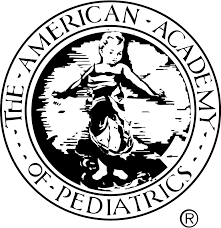
Dr. Brooke Lerner Recognized
The University at Buffalo Graduate School of Education published an article titled “UB Professor Leads Team Working to Improve Emergency Care for Children” highlighting her work as steering committee chair of the Pediatric Emergency Care Applied Research Network (PECARN).The article …
Read More..





